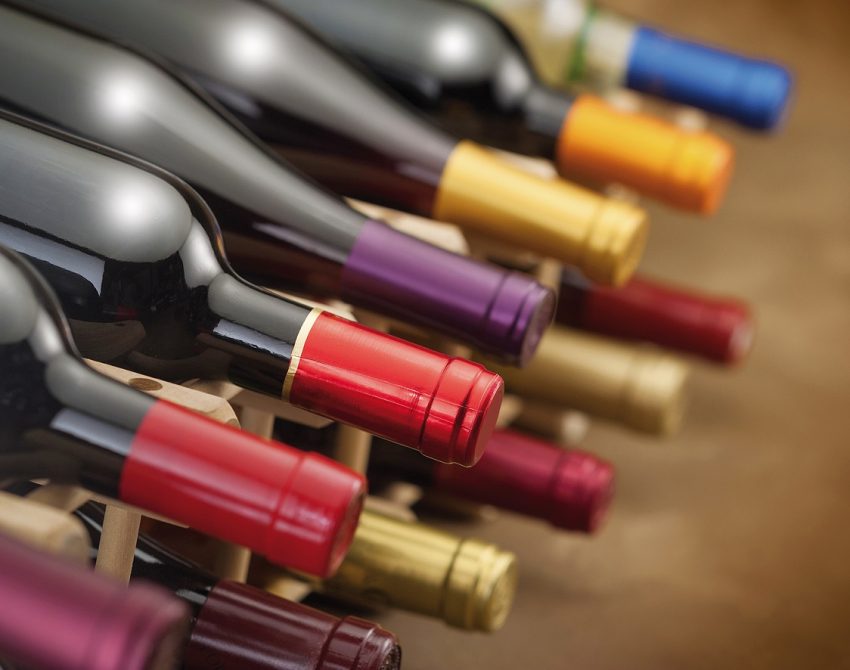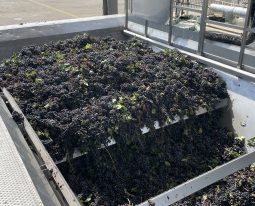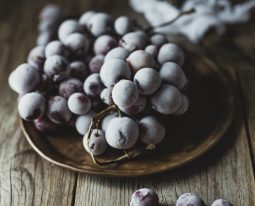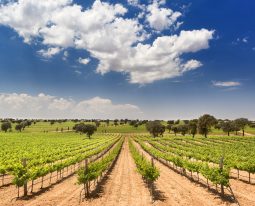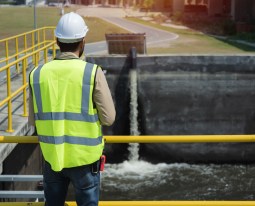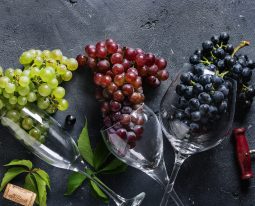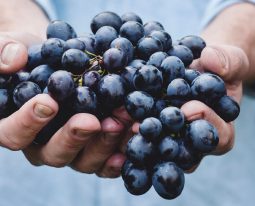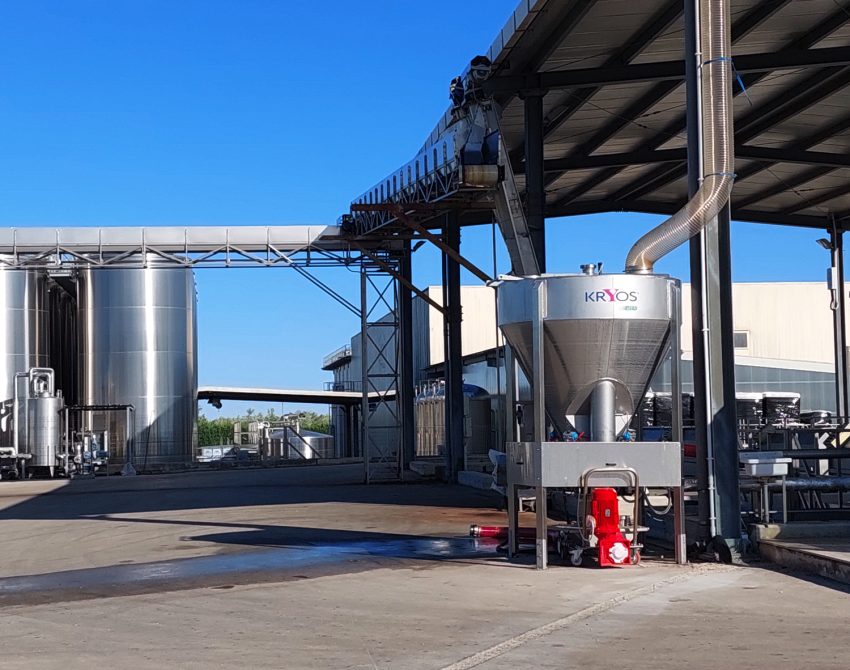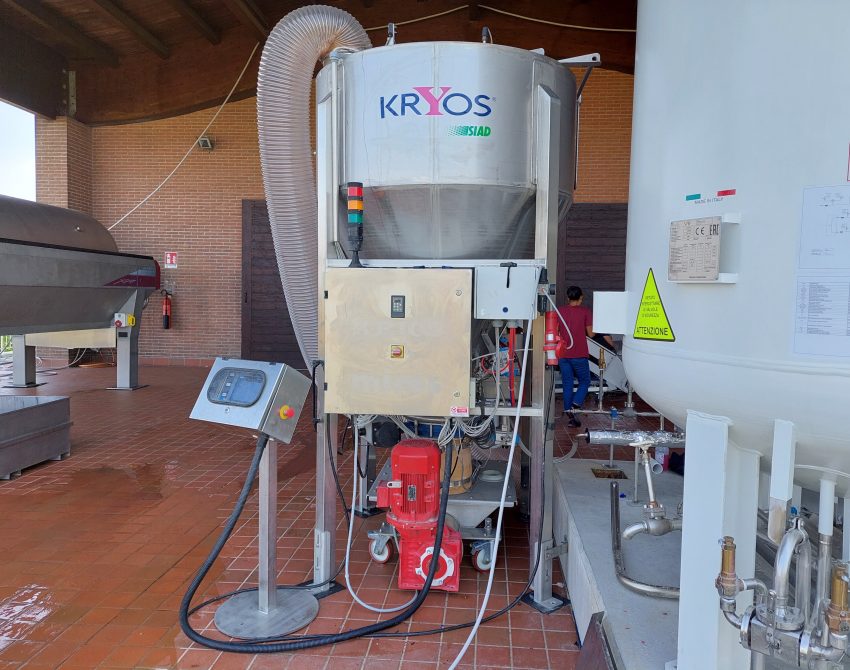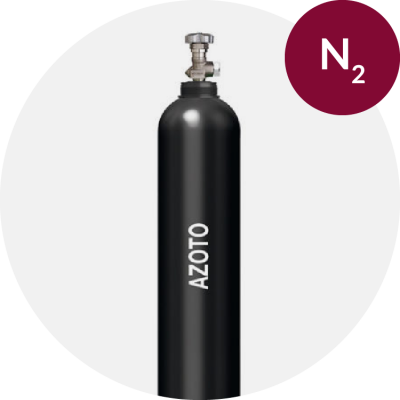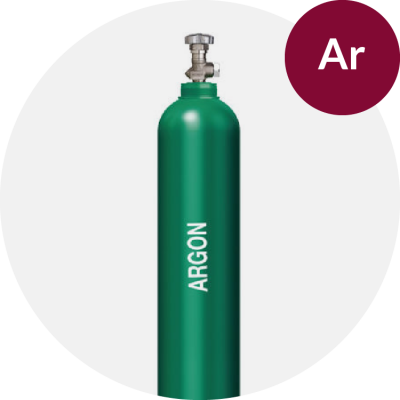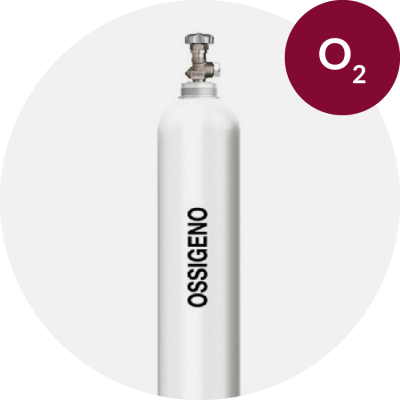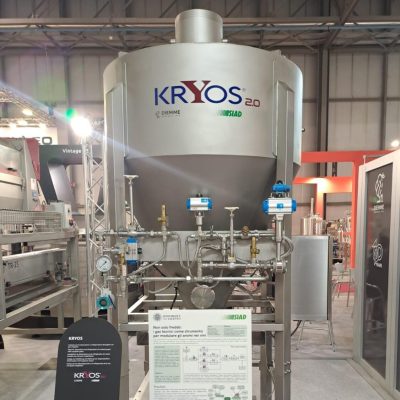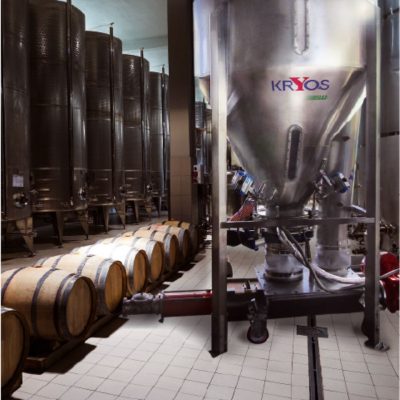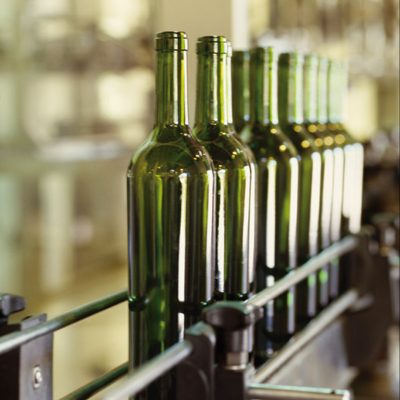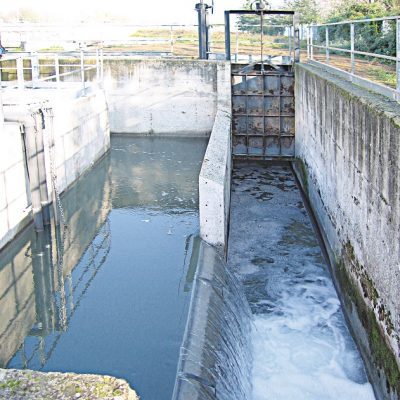Wine bottling is one of the most delicate stages of the entire grape processing. In order for this step to be executed in the best possible way, it is essential that each action has already been conducted in the appropriate way in the previous steps.
For assisting of wineries, gases come to the rescue: thanks to their properties, they allow the dissolved oxygen in the wine to be managed in order to prevent abnormal values from negatively affecting the quality of the final product. In particular, nitrogen and argon are among the best allies of good wine because they can create effective management.
Let us see, then, how these gases operate in the bottling stage of wine to keep its organoleptic properties intact.
Wine oxygenation: what levels are tolerable?
In order to ensure the highest quality levels, the dissolved oxygen in the wine must be in suitable amounts, which depend on the characteristics of the wine and the desired evolution.
Normally the values are within the following parameters:
- 0.2-1.0 ppm for white wines
- 0.5-1.2 ppm for red wines
The maximum amount of O2 which may be dissolved (saturation) depends on two factors:
- By its percentage in the atmosphere with which it is in contact;
- From the temperature.
Saturation increases as the percentage of oxygen in the atmosphere increases and as the temperature decreases; in air and at room temperature, saturation is about 8 ppm.
The amount actually dissolved also depends on the contact time between wine and atmosphere and the mode (degree of turbulence).
Some winery processing steps such as storage, handling, racking and bottling of wine can expose it to air contact, increasing the amount of dissolved O2 to undesirable levels. Two actions are necessary in this regard: to prevent excess solubilization and to remove any dissolved excess. The choice of one mode or the other depends on the characteristics of the equipment in the winery and how it works.
Argon and nitrogen: their functions in enology
Argon and nitrogen, in winery processes, perform four key functions:
- They protect the wine, preventing the solubilization of excess O2,during the filling, holding and emptying of tanks
- They remove excess dissolved oxygen, operating both in the tank and in the pipeline during wine handling
- They transfer wine by pushing, without the aid of pumps
- They allow the bottling of wine in the absence of oxygen
The choice of either gas depends on their characteristics, the type of facilities in the winery, and the specific requirements of the producer.
Bottling, the preliminary steps
As mentioned above, each stage of wine processing must be carried out with the utmost meticulousness so that the final product can best express its peculiarities.
These steps are:
- Dissolved oxygen removal: occurs through stripping, either in the tank or preferably in line
- Wine protection in the tank: with different modes depending on the gas used, it is implemented during filling, dwelling and emptying operations
- Pushing transfer: nitrogen can make pumps unnecessary
- Protection in tanks: nitrogen, heavy as air, mixes with it, diluting it and lowering its oxygen content. The heavier argon, when used properly, pushes air out of the tanks. Which one to choose? It depends: in airtight tanks, 1 volume of argon can replace 3-4 volumes of nitrogen. In tanks with limited air tightness, argon is the gas to be used
Wine bottling, the functions of nitrogen: how to bottle wine
Nitrogen, used in the liquid or gaseous state, enables air to be removed from the bottle both before filling and after from the headspace, allowing it to operate under optimal conditions.
Wine bottling plants with nitrogen dripper
To drastically reduce the oxygen contained in the headspace of the bottle, between wine and cork, anitrogen dripper is used. It is a plug-in to bottling systems that dispenses droplets of liquid nitrogen into the headspace by gravity, when the bottle is filled and before capping.
Nitrogen in contact with the wine changes to a gaseous state with an increase in volume such that air is removed, thus preventing the contained oxygen from becoming trapped in the bottle and subsequently being absorbed by the wine.
As we have seen, therefore, gases are the perfect allies of the wine supply chain and our Group is at the disposal of producers who want to embark on a 360-degree efficiency path with products, services, and strategic and operational consulting.
To learn more about SIAD’s offerings for wineries, contact as atfoodandbeverage@siad.eu.
